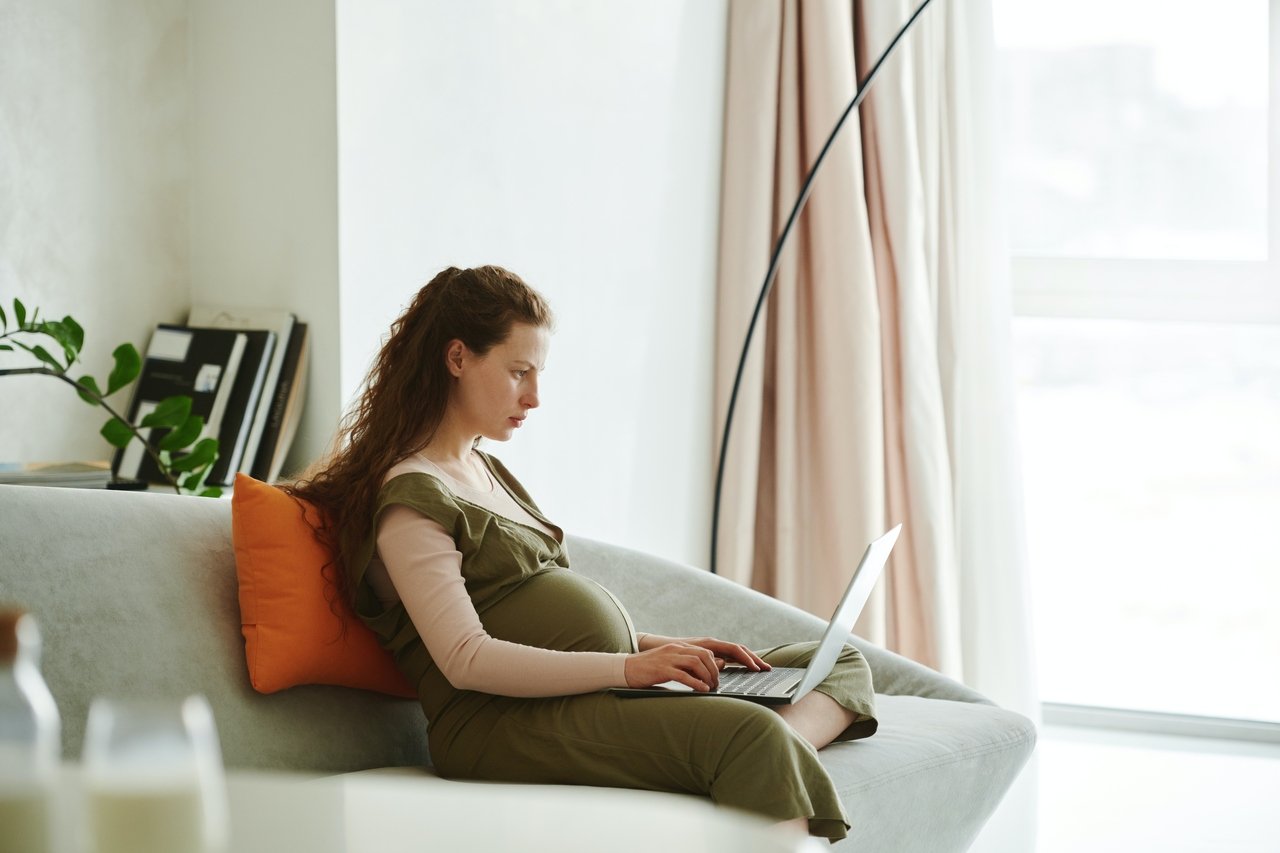Getting married is an exciting time but also requires a certain amount of official paperwork – especially if you are a foreigner in Austria.
To make the process easier, we’ve put together a guide to tying the knot in the Alpine Republic, including the key appointments and documents you will need.
FOR MEMBERS: ‘Cows with bells on’: What to expect from Austria’s most Austrian region
Who can get married in Austria?
Men and women from the age of 18 can get married in Austria. Same-sex couples are allowed to get married in Austria, even if one of the spouses comes from a country that doesn’t recognise same-sex marriage.
However, there are three groups that are not allowed to get married: blood relatives in a direct line (e.g. between siblings or half-siblings), adoptive relationships and if someone is already married or in a registered partnership (bigamy).
Only civil marriages are legal in Austria so official paperwork is always conducted by a registrar, even if a symbolic ceremony takes place somewhere else.
What is the process?
For international residents in Austria, the process starts with making an appointment at the embassy of the country where they have citizenship. This is to acquire a marital status document (Eidesstattliche Versicherung des Familienstandes), which proves you are allowed to get married or enter into a civil partnership and involves swearing an oath.
However, for people from Germany, Italy and Switzerland, the marital status document can be obtained from a registry office in their country.
To make an appointment at an embassy, you will need a confirmed date for the wedding with the local registry authorities of where you intend to get married. In Vienna, this can be booked at the city’s registry offices, also known as MA 63.
READ ALSO: Five underrated towns you can visit in a day from Vienna
Also, the marital status document is only valid for six months, so keep that in mind when planning the wedding date and making an appointment at the embassy.
Expect to pay a fee for the appointment at the embassy. For example, the British embassy charges £50 for this service.
It’s also important to keep the marital status document in a safe place as you will have to present it at the registry office (Standesamt) when you actually get married.
What documents do you need?
To get the marital status document, most people will be asked to provide a passport, full birth certificate, proof of residence in Austria (Meldebestätigung), and your partner’s passport and proof of residence.
If you or your partner are residents in another country, ask the embassy what proof of residence you need to bring to the appointment. If the document is not in German, you may need to get it translated.
And, if you or your partner are divorced, widowed or previously in a civil partnership, you will need to bring evidence that the relationship is dissolved or a death certificate.
For the actual wedding, foreigners will need to bring the marital status document, a birth certificate with an apostille and an official translation (if not in German), and a passport.
READ ALSO :Reader question: Will a dual-citizen child in Austria have to choose between nationalities?
Tourist weddings in Austria
If you don’t live in Austria but like the idea of getting married in the country, then the process is similar.
You will need an official certificate from your embassy stating that you are legally allowed to get married, or you will have to travel to Austria to get the marital status document.
You will also need to present your passports, birth certificates (with apostille and translations) and proof of residence.
Couples have to register at the local registry offices where they intend to get married and submit any required documents. However, each state has different requirements when it comes to translations.
For example, in Vienna, you can submit international documents or a translated version. Whereas in Salzburg, an original copy of a foreign-language document and a certified translation has to be submitted.
There is no period of residence in Austria before getting married, although the necessary bureaucracy can take two to four weeks to complete. So keep that in mind if planning a wedding in Austria.
Useful links




 Please whitelist us to continue reading.
Please whitelist us to continue reading.
Member comments